As you wander the streets of Saigon, you will likely encounter several French street names, prompting the question, “Why are there French street names in Saigon?” To answer this, we must turn back the pages of Vietnamese history, tracing back hundreds of years to the hundreds of years when France colonized Vietnam and made it a colony. In this article, we will delve into the history and explore the impact of the colonial period, revealing why these French-named streets continue to exist today.
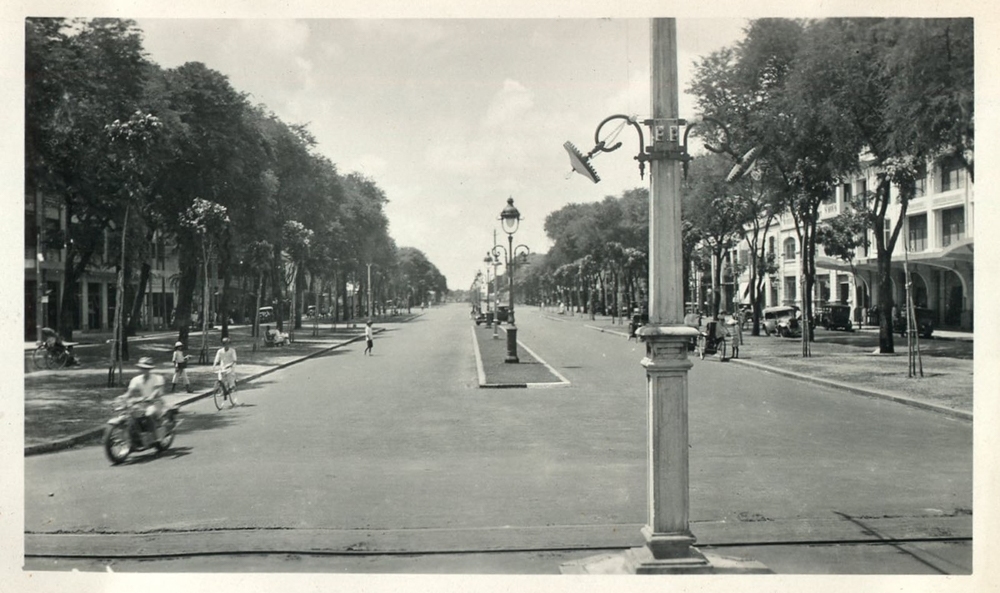
Why are there French street names in Saigon?
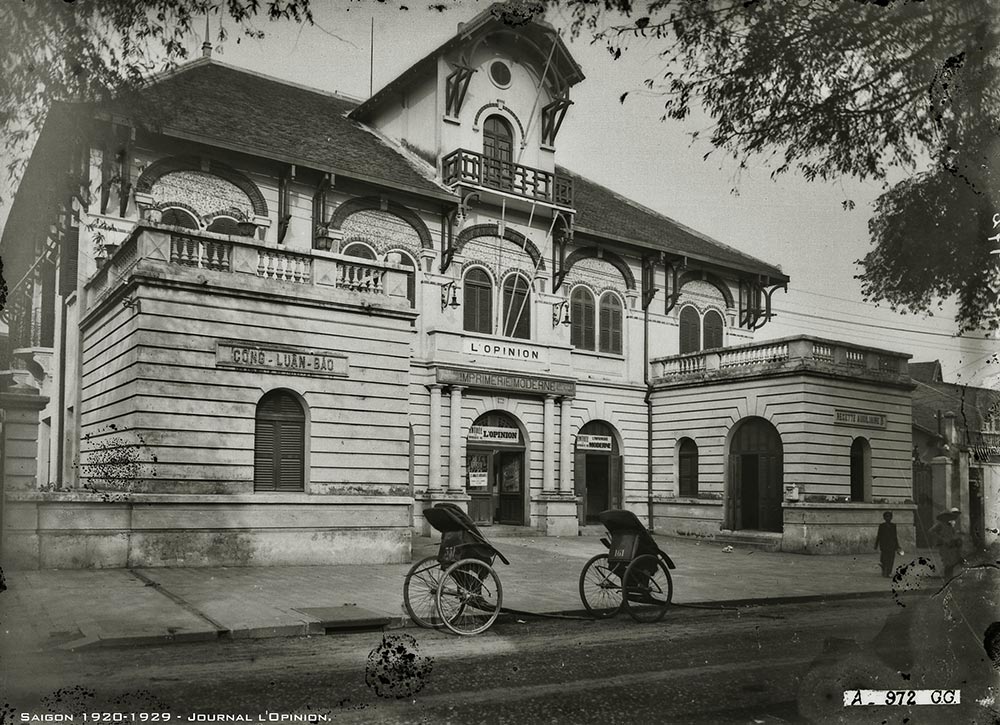
At the end of the 19th century, France began to intervene and gradually take control of Saigon, aiming to transform it into a colony among many others. From 1859 to 1954, Saigon served as the center of the French colonial government in Indochina for over a century. During this time, the French not only constructed grand architectural landmarks but also named many streets after historical figures, significant events, or names that reflected French cultural influence.
They built wide boulevards, French-style buildings, and numerous iconic public works, creating a modern Saigon in a Western-style and there are many French street names in Saigon. After 1955, when the old government came to power, all street names in Saigon were changed to assert political authority, with only Rue Pasteur and Rue Calmette remaining. Consequently, the other French-named streets in Saigon today are primarily named after individuals who made significant contributions to various fields in Vietnam, helping to develop and mark the legacy of the colonial period.
Stories Behind 6 Iconic French Street Names in Saigon
Pasteur
French Street Names In Saigon
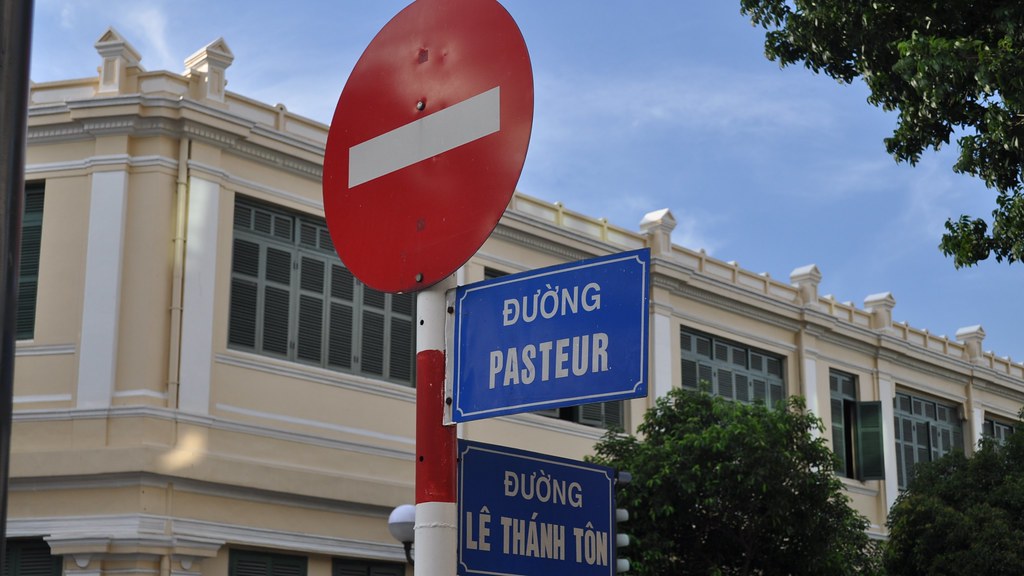
Rue Pasteur is likely familiar to anyone who frequently strolls through District 1. This 2.7 km road stretches from Vo Van Kiet Street in District 1 and ends at Tran Quoc Toan Street in District 3. Rue Pasteur is a major thoroughfare that runs parallel to Nam Ky Khoi Nghia Street, facilitating traffic in opposite directions through the heart of Ho Chi Minh City. This street has existed for a long time since the colonial era and has witnessed countless historical changes in Saigon.
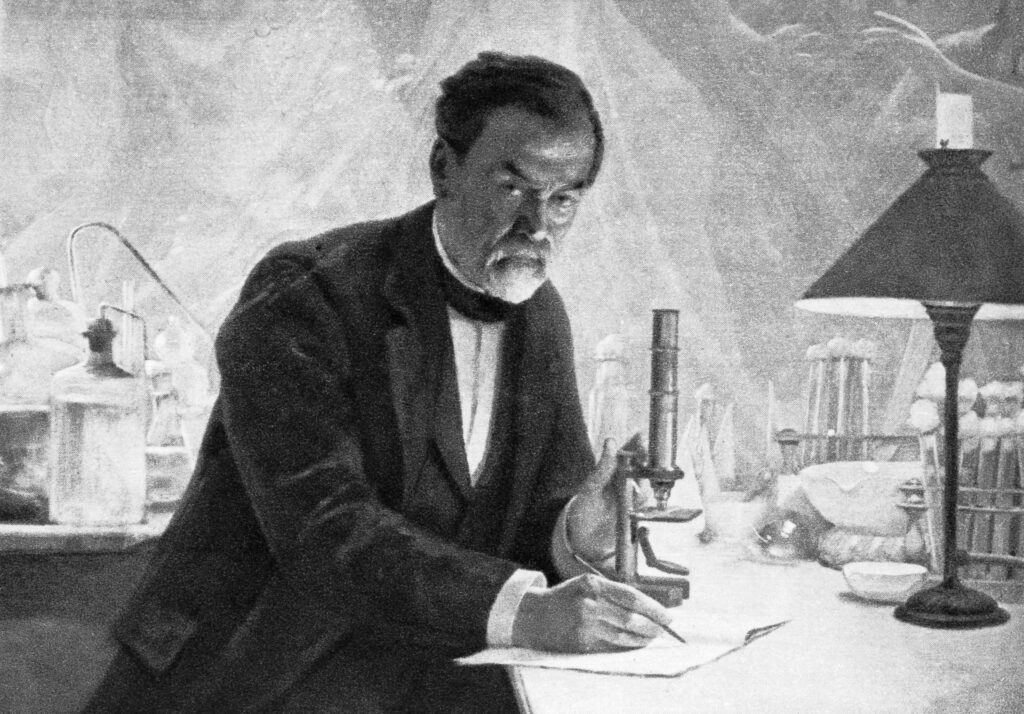
The road is named in honor of Louis Pasteur, born in 1822 in France, who is often referred to as the “father of microbiology.” He was a great scientist whose significant contributions profoundly impacted humanity. After earning his doctorate at the age of 25, he began to demonstrate his extraordinary talent by proving that bacteria in the air could spoil food and cause diseases in humans. He was also the first to invent the process of pasteurization and developed the first vaccines for rabies and meningitis. His discoveries have saved millions of lives worldwide, ushering in a new scientific era in medicine and biology.
Thus, while all other French street names in Saigon have been replaced, Rue Pasteur remains intact to this day.
Alexandre de Rhodes
French Street Names In Saigon
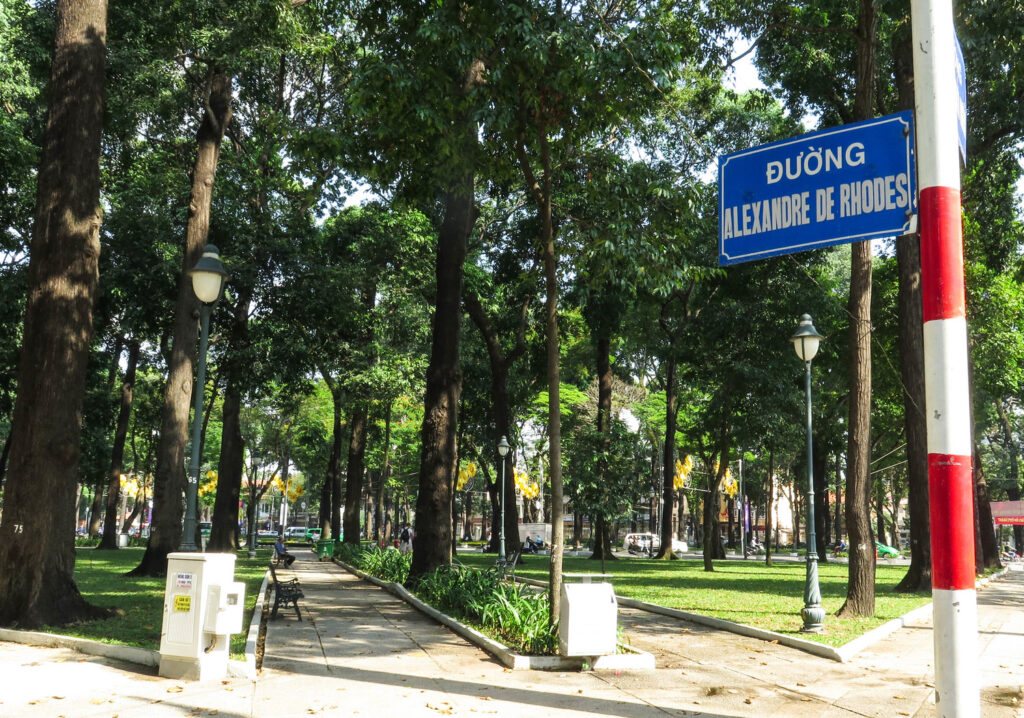
Alexandre de Rhodes Street is located in Ben Nghe Ward, stretching 281 meters from Pham Ngoc Thach Street to Nam Ky Khoi Nghia Street. This is the oldest street in old Saigon and is one of the French street names in Saigon, was originally named Colombert. In 1955, the old government renamed it Alexandre de Rhodes, then changed it to Thái Văn Lung in 1985, before officially reverting to Alexandre de Rhodes in 1995, a name it retains to this day.
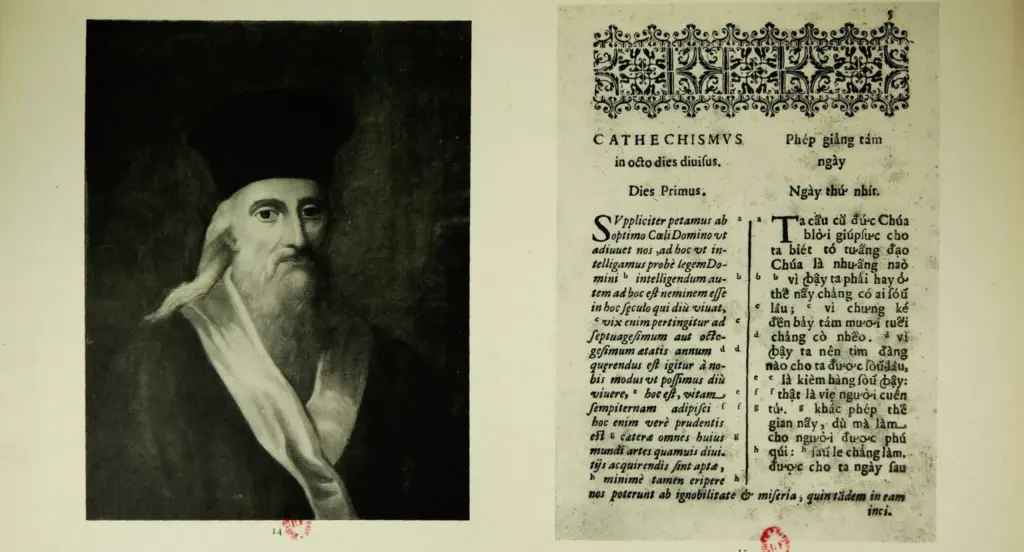
The street is named after Alexandre de Rhodes (1593 – 1660), a missionary and linguist from Avignon, born into a Jewish family. From 1640, he began his mission in Vietnam and played a significant role in spreading Catholicism during that time. Additionally, he was instrumental in the creation of the Vietnamese national script, collaborating with Portuguese priests and scholars to transcribe Vietnamese using the Latin alphabet. Their work laid the foundation for the development of some of the first textbooks in Vietnamese, making education and communication more accessible to the local population. These works not only held linguistic value but also played a crucial role in enhancing the cultural level of the Vietnamese people at that time.
Alexandre de Rhodes’ contributions extended beyond the development of writing, they profoundly influenced education and culture in Vietnam for centuries afterward. The national script he created has become the primary means of conveying knowledge and culture, and to this day, it remains the cornerstone for teaching and communication in modern Vietnamese society.
Calmette
French Street Names In Saigon
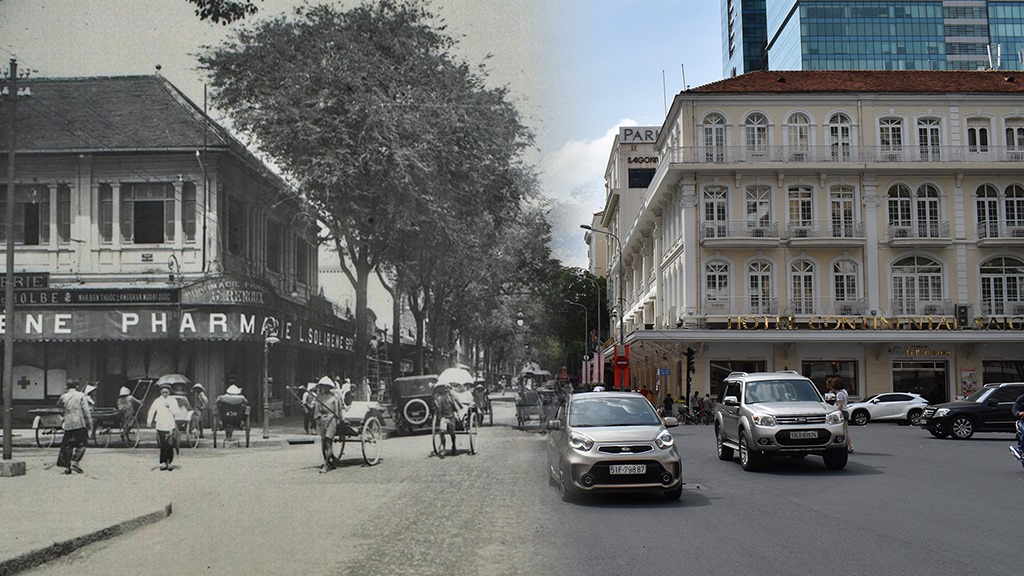
Calmette Street extends from Calmette Bridge (connecting District 1 and District 4) to the intersection with Nguyen Thai Binh Street. Although it is a small road, it plays an important role due to its proximity to several famous landmarks, such as Ben Thanh Market and the Ho Chi Minh City Museum of Fine Arts.
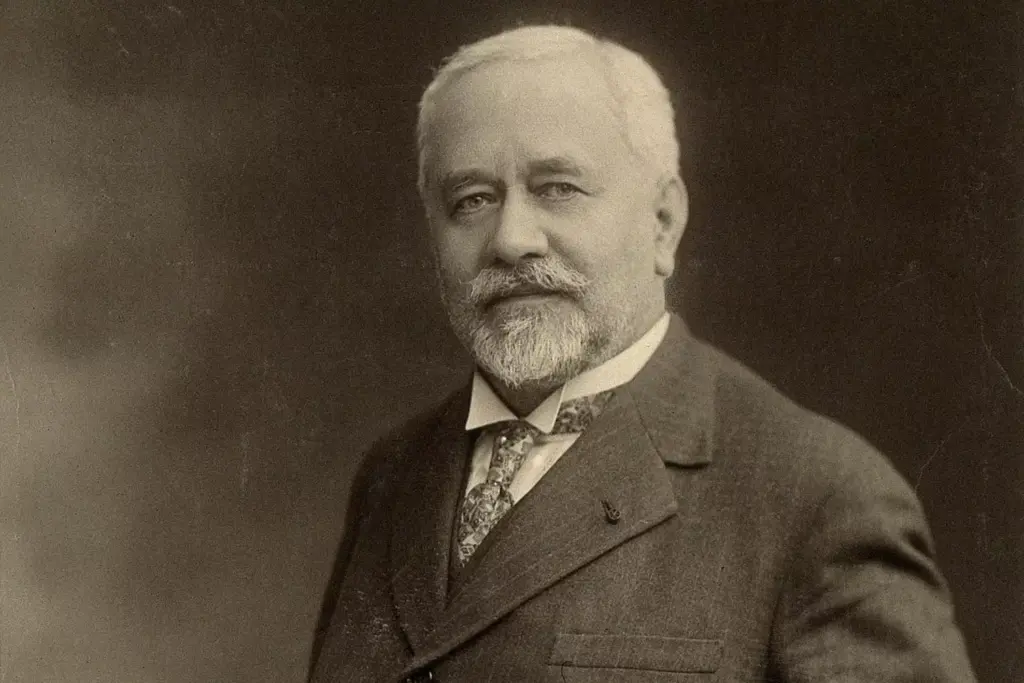
Calmette is named after a renowned scientist and physician in the fields of microbiology and medicine. He was an outstanding student and a key figure in continuing the scientific legacy of Louis Pasteur, contributing significantly to research on bacteria and immunology. He also served as the first director of the Pasteur Institute, where he carried out pioneering studies on infectious diseases. One of his greatest achievements was the invention of the BCG vaccine (Bacillus Calmette-Guérin), which is widely used today to prevent tuberculosis. Additionally, he made numerous contributions to improving sterilization methods, studying solid toxins, and developing medical solutions to combat many dangerous diseases.
His street name is one of the few French street names in Saigon that have been preserved to this day, serving as a tribute to his immense contributions to medicine and microbiology.
Yersin
French Street Names In Saigon
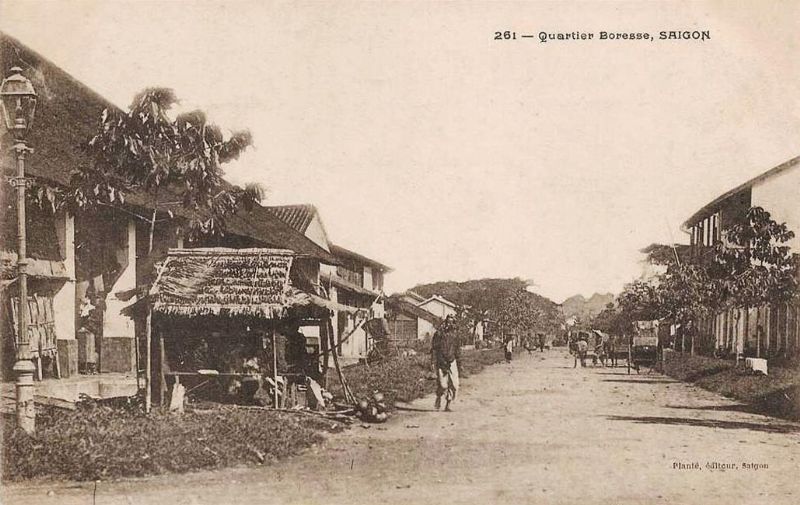
Yersin Street is located in Cau Ong Lanh Ward, extending from Vo Van Kiet Street to Pham Ngu Lao Street. During the colonial period, this street was named Boresse and was renamed Yersin in 1955.
Alexandre Émile Jean Yersin (1863-1943) was a distinguished physician and microbiologist whose impact resonates not only in the field of medicine but also in Vietnamese history. Born in Switzerland, he studied medicine in France and became one of Louis Pasteur’s most outstanding students. In 1894, during a research mission in Hong Kong, Yersin discovered the bacterium that causes plague, marking a significant milestone in global medical history and saving countless lives through effective treatment methods.
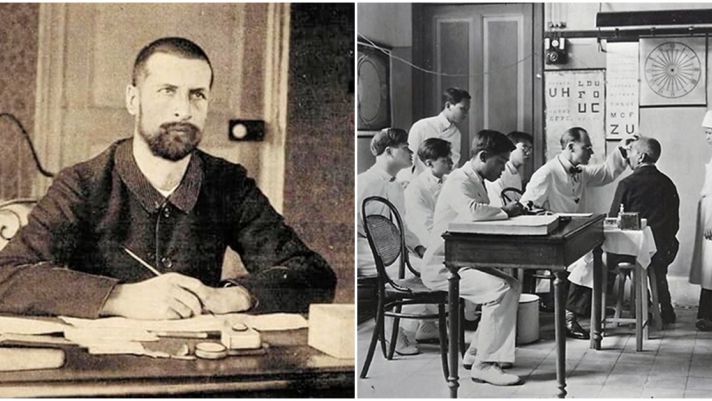
However, Yersin’s life was not solely defined by his contributions to bacteriology. Upon arriving in Vietnam, he chose Nha Trang as his home and workplace, where he founded the Pasteur Institute of Nha Trang in 1895. Here, he dedicated many years to researching infectious diseases, developing vaccines, and conducting significant projects for the community. Moreover, driven by a strong spirit of exploration, Yersin ventured deep into the Central Highlands, discovering Lam Vien (now Da Lat), which has become a famous tourist destination and is home to a university named in his honor.
What makes Yersin truly admirable is not only his talent but also his compassion and humility. He lived a simple life, closely connected with the Vietnamese people, always showing deep concern for their health and well-being. Due to his immense contributions, he is affectionately known by the Vietnamese as “Ông Năm Yersin.” That is why the French street names in Saigon bear his name.
Bertrand Russell
French Street Names In Saigon
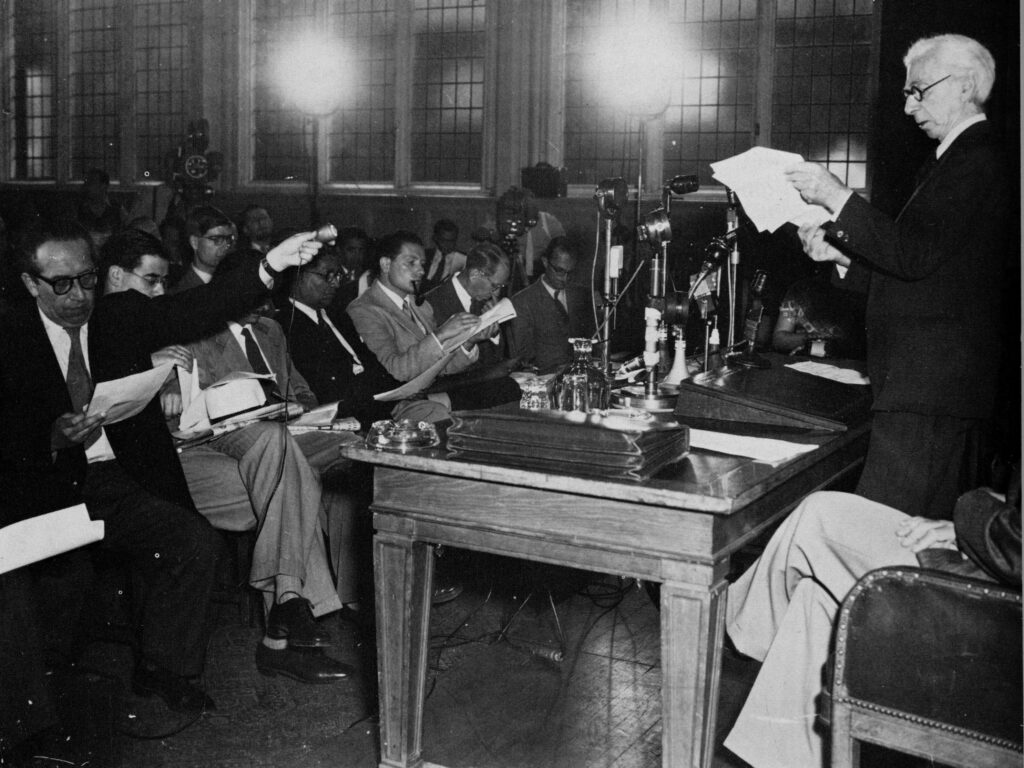
Bertrand Russell Street is located in the Phu My Hung residential area, this is the most modern and bustling development in Ho Chi Minh City and is one of the French street names in Saigon. The street is named after Bertrand Russell (1872-1970), a renowned British philosopher, mathematician, and social activist known for his significant contributions to philosophy and peace advocacy.
In his youth, Russell faced profound loneliness and contemplated suicide, but his passion for mathematics saved him. In 1893, he earned a bachelor’s degree in mathematics and became a research fellow in philosophy in 1895.
During the 1950s and 1960s, Russell dedicated himself to various political activities, notably protesting against the Vietnam War. Throughout this period, he consistently voiced his opposition to American intervention in the conflict. By 1960, he became increasingly vocal against U.S. government policies. In 1963, he was awarded the Jerusalem Prize, recognizing authors who speak out for personal freedom in society.
Naming a street after Bertrand Russell not only honors his legacy but also reflects a deep respect for the humanitarian and peaceful values he championed throughout his life.
Luther King
French Street Names In Saigon
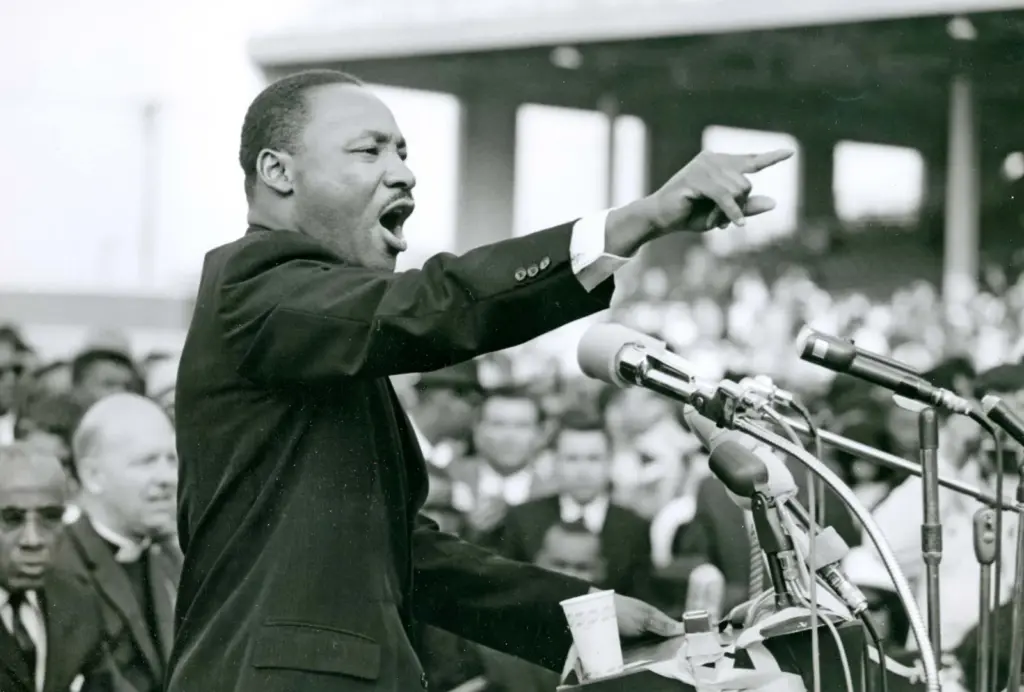
If you stroll around Crescent Lake, you will come across a French street named in Saigon – a street named after Martin Luther King Jr. He was a renowned American civil rights leader known for his significant contributions to the struggle for the rights of African Americans in the United States. Martin Luther King Jr. was not only a pastor but also a symbol of peace and justice, bravely standing up against racial discrimination and social injustice.
The most notable moment in his life was his “I Have a Dream” speech delivered in Washington D.C. in 1963, where he articulated his vision of a society free from racial discrimination, where all people are treated equally. His ideas helped drive significant changes in American law and society, particularly the passage of the Civil Rights Act of 1964 and the Voting Rights Act of 1965, aimed at protecting the rights of minority groups.
Naming a street after Martin Luther King Jr. in Ho Chi Minh City is not only a tribute to his achievements in the struggle for equality and peace but also reflects respect for the human rights and freedoms he tirelessly advocated.
Let’s Join Us Today to Discover Saigon’s Hidden Gems!
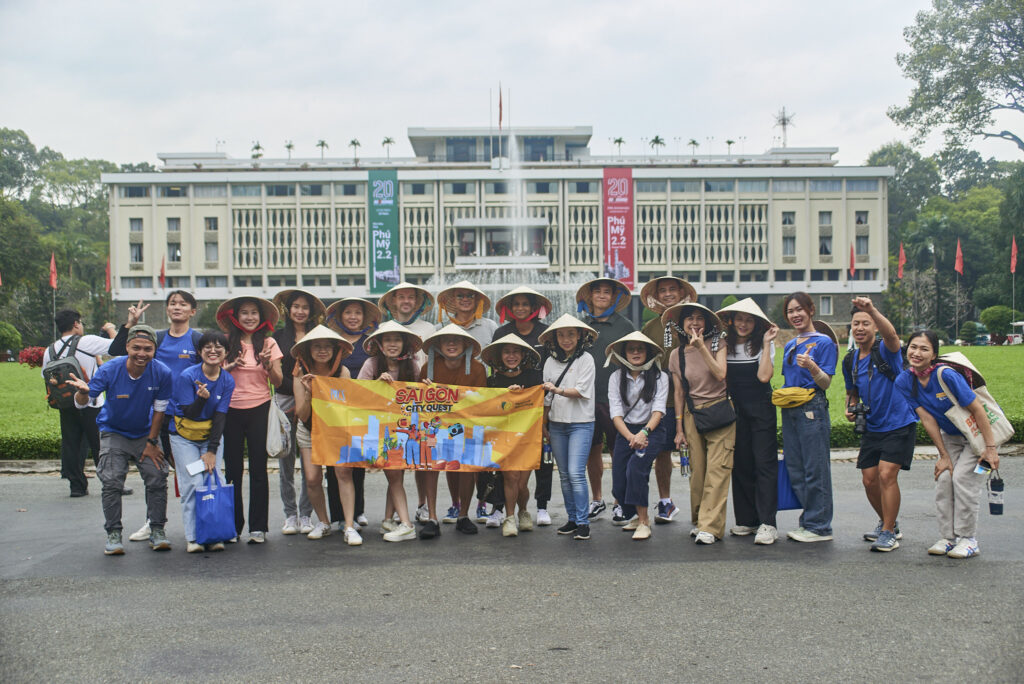
In addition to exploring the French street names in Saigon, you’ll discover many other interesting things. In a large city with thousands of years of ups and downs in history, witnessing numerous upheavals and changes, you’ll have the opportunity to explore famous historical sites as well as unique experiences that not everyone knows about, such as participating in Escape to the Hidden Island Saigon Foodie Night Rides or discovering Trails of Quach Dam Chinatown – mysterious tales that only local people can share.
From bustling markets to hidden eateries tucked away in alleys, from ancient historical relics to rapidly developing modern streets, each step will bring you closer to the richness of culture and the daily life of Saigon’s people.
Jackfruit Adventure Cycling Tour will take you through these places and make your journey truly remarkable. We will not only explore prominent locations together but also guide you to undiscovered corners. Contact us to start your journey today!




